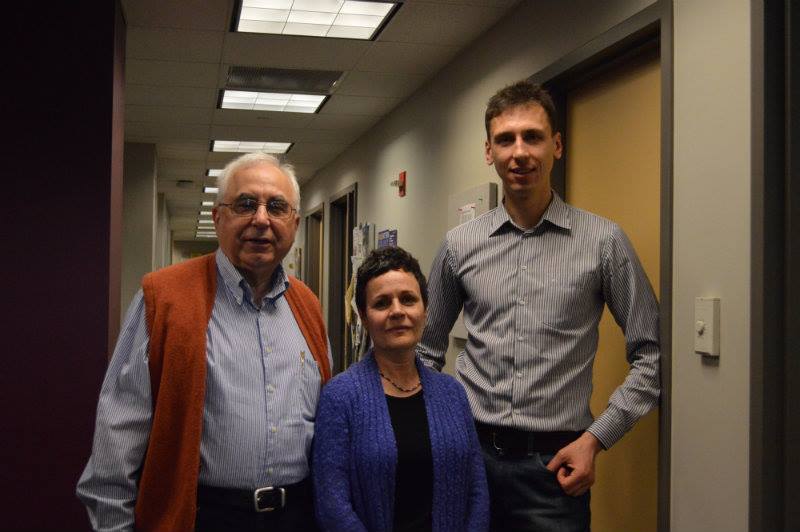 On May 28-30, 2015 Lviv hosted the biggest media conference in Ukraine – Lviv Media Forum bringing together 600 participants from 10 countries. I visited #lvivmediaforum as a speaker on May 30, third day of the conference. According to participants, I talked to, third day was the most successful one – 16 lectures were held in the premises of Ukrainian Catholic University – in rooms equipped for lecturing and interaction with attendants.
On May 28-30, 2015 Lviv hosted the biggest media conference in Ukraine – Lviv Media Forum bringing together 600 participants from 10 countries. I visited #lvivmediaforum as a speaker on May 30, third day of the conference. According to participants, I talked to, third day was the most successful one – 16 lectures were held in the premises of Ukrainian Catholic University – in rooms equipped for lecturing and interaction with attendants.
My lecture on content curation by means of social media for journalists brought 40 participants, including representatives of Kyiv Post, IT Kharkiv (Hromadske Kharkiv), journalists from Odesa, Izmail, Rivne, Lviv and other regions. On the eve of my lecture, ex-President of Georgia Mikhail Saakashvili has been reported to occupy the post of governor of Odessa region in Ukraine, thus, I started discussion with the question on news gathering of the alleged appointment. We have discussed why the news was published online, which sources proved it, what was background of the appointment.
The findings were the following – Igor Shevchenko, the minister of ecology was the first who published the news through his Facebook profile. State official, host of TV-shows Anton Geraschenko commented on Saakashvili appointment, advocating the choice of President Poroshenko. Through monitoring of social media, we found out that Saakashvili participated in a big march in Odesa a week before – it could serve as preparations for Odesa residents to accept the appointment. Also, as soon as news was published, Russian bots started campaign to mock Saakashvili.
We also discussed hot topics for newsrooms – how to be prepared to cover breaking news or sport events (Ice Hockey World Championship, League of Europe football games). Only few newsrooms in Ukraine plan coverage aiming to involve readers in news consumption. Novoye Vremya, Podrobnosti.ua, 24 TV Channel demonstrates well-prepared strategies to involve readers. For example, Novoye Vremya Coub channel has reached over 9 million views and the number of their coubs surpassed 180 clips.
Additional links on LvivMediaForum:
Official site with video of lectures – http://lvivmediaforum.com/
Twitter-coverage on Day 1 of the forum – https://storify.com/insider_ua/yak-pochinavsya-lvivmediaforum-pershiy-den
Instagram-coverage on Day 1 of the forum – https://storify.com/insider_ua/nebanalni-instagrami-lvivmediaforum



